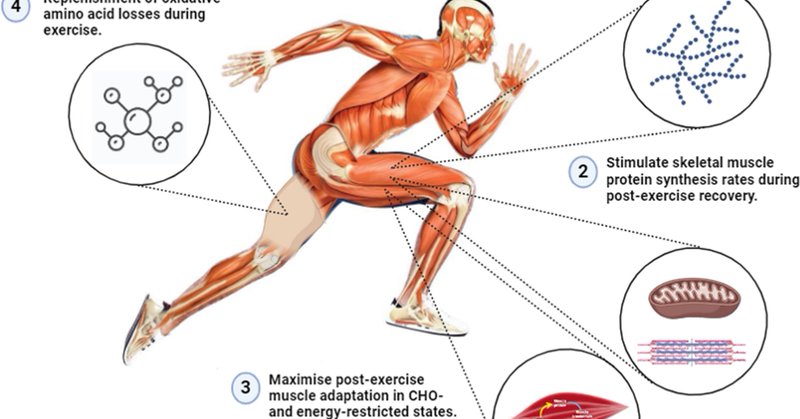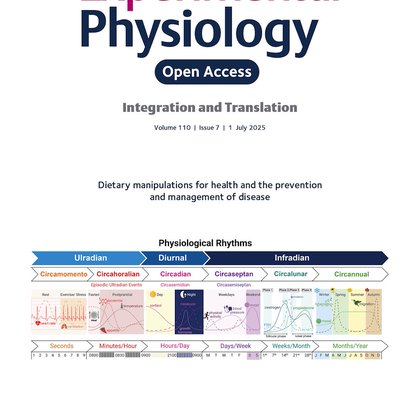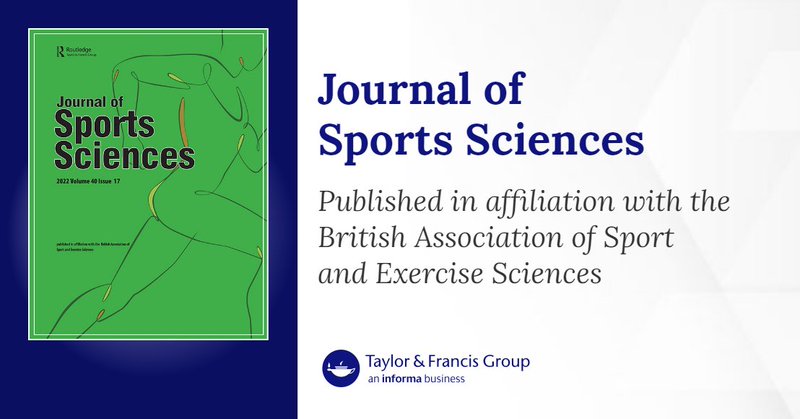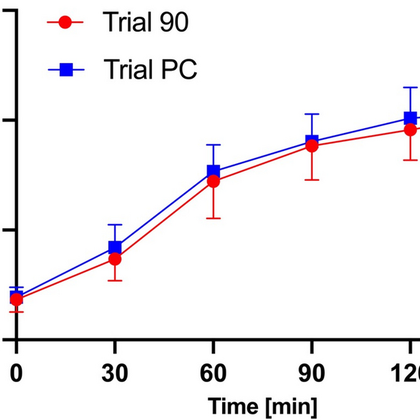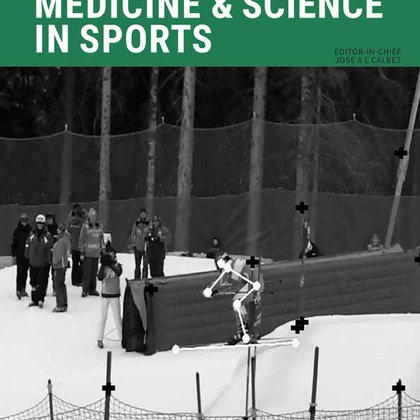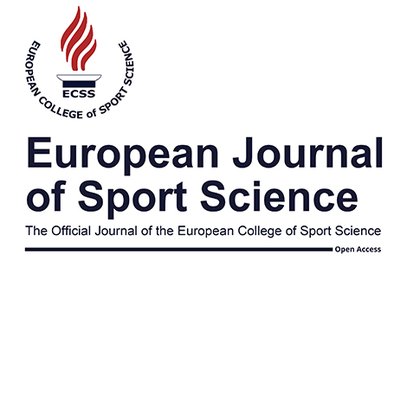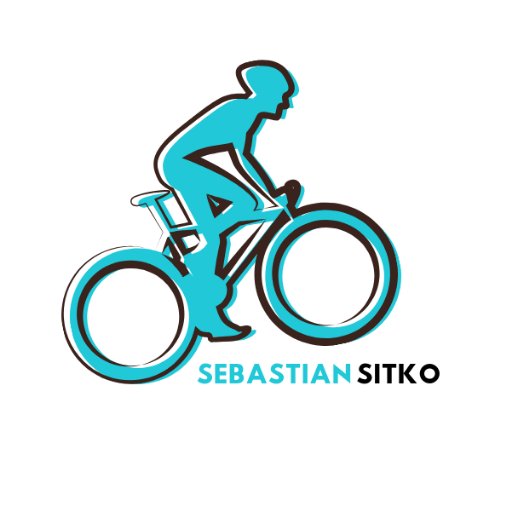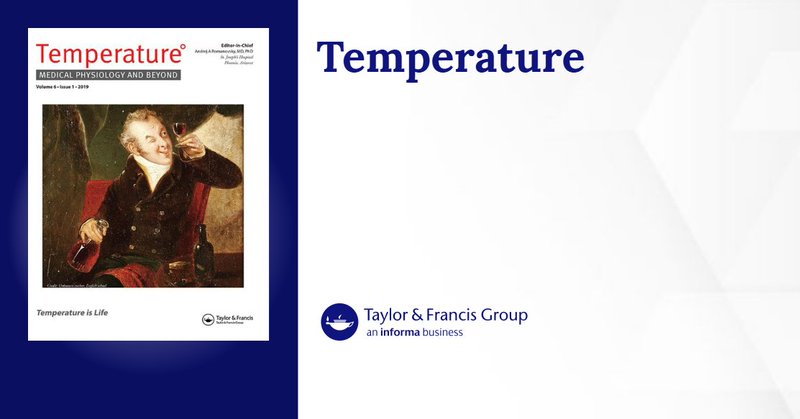
Nicki Win(gate)field Almquist
@AlmquistNicki
Followers
2K
Following
4K
Media
54
Statuses
531
Post Doc at University of Copenhagen, Department of Nutrition, Exercise and Sports. Focusing on Improving performance in elite athletes
Denmark, Copenhagen
Joined August 2017
Great post about recovery for trained cyclists. Co-ingestion of PRO and CHO «maximises» aminoacid availability without compromising resynthesis of liver glycogen. However, whether this translates to improved performance the next day or over time is still questionable IMO?.
Co-ingesting whey protein with carbohydrates enhances post-exercise amino acid availability without compromising liver glycogen resynthesis. Great work @sophie_hannon65 @Hearris @JamesyMorton @nathanhodson5 . Read on for why this needed to be done.
0
1
8
RT @MYRANorge: Many athletes think they fuel well. But self-reported “nutrition awareness” doesn’t match reality. Our new article dives int….
0
2
0
Do you remember to warm up properly?.Warming up in the heavy intensity domain «postpones fatigue development» during exhaustive cycling. This is possibly related to a reduction in metabolite accumulation and altered sarcolemmal excitability.
journals.lww.com
e energy input afforded by the faster V̇O2 response may improve subsequent performance by delaying muscle fatigue, however, this effect has yet to be conclusively shown. Purpose Our purpose was to...
1
14
79
RT @jem_arnold: Carb intakes are increasing, but there is a wide uncertainty range in how much we actually expend, dependent on absolute wo….
0
28
0
Does PRO+CHO enhance endurance performance?.There remains no compelling evidence that co-ingesting PRO+CHO before/during exercise confer any advantage, nor facilitates the resynthesis of liver or muscle glycogen during REC when CHO recommendations are met
link.springer.com
Sports Medicine - The purpose of this narrative review is to provide an evidence-based update on the protein needs of endurance athletes with a focus on high-quality metabolic studies conducted on...
0
7
40
Adapting to the heat from a cyclist’s POV. Nicely explained by @Nyborger_Nybo - great story Lars and easily digestible - «Copenhagen chill to desert heat Torill»
physoc.onlinelibrary.wiley.com
Click on the article title to read more.
0
3
18
HIIT under hypoxia achieves a greater VO2max improvement than normoxia a recent meta-analysis finds. However, the total strain of training in hypoxia should be carefully and probably individuelly considered if implemented in top-level athletes.
physoc.onlinelibrary.wiley.com
High-intensity interval training (HIIT) in hypoxia has demonstrated superior increases in aerobic capacity (VO2 max) adaptations, but this has not been explored in distance runners. This study...
0
8
38
Reductions in work capacity (W’) and CP values occuring after accunulated work were accompanied by lower cadences across all effort durations (outdoors) in elite cyclists. Another step in understanding the mechanisms of durability. Congrats Leo et al.
tandfonline.com
Understanding the torque-cadence-power relationship can be important in assessing a cyclist’s performance potential. This study explored these relationships in elite male cyclists (N = 17; age: 24....
1
9
61
RT @timpodlogar: 🚨 New paper out! Can we personalise carbohydrate intake during endurance exercise to maximise its utilisation?. Turns out…….
performancenutrition.biomedcentral.com
Background Carbohydrate (CHO) feeding during prolonged exercise is well-established for its ergogenic effects primarily by maintaining glycemia and carbohydrate oxidation. Current CHO intake guidel...
0
42
0
RT @benhunter92: Recently there’s been plenty of good work in the (re?)emerging field of durability. Our review published in @ExpPhysiol….
0
27
0
How to Develop resilience/durability?.Consistency and high volume. Go Long and include high-intensity efforts in the long rides. Heavy/plyometric strength training.
New article which summarise my talk at a Team Denmark conference last year where I was asked to speculate on how physiological resilience/durability might be trained. Physiological Resilience: What Is It and How Might It Be Trained?
1
4
38
RT @jem_arnold: We heard from our colleague Normand today about his work with elite female athletes returning to sport from pregnancy. Spri….
0
5
0
RT @jem_arnold: Polarised🆚Pyramidal🆚Threshold. Which training model is best?🏆.It might matter how trained you are🤔. Our new meta-analysis t….
0
127
0
RT @JamesHopker: Cycling coaches, scientists and bike fitters, @callumjbarnes and I are looking for your knowledge and expertise on CdA, bi….
forms.office.com
0
11
0
If you dont want to go to the gym or dont have the opportunity, performing low-cadence high-resistance cycling twice a week seems to be an equally effective alternative to improve cycling performance and muscle strength 💪🏻.
👉 A 10-week high-resistance cycling-based strength training programme proves to be an effective alternative to traditional squats, enhancing both cycling performance and gains in muscle strength and mass. Congrats @david_barranco et al! 👇
0
3
23
RT @Skattebo_Oyvind: Repeated carbon monoxide inhalation triggers hypoxia-induced erythropoiesis, increasing hemoglobin mass—a practice lik….
onlinelibrary.wiley.com
Click on the article title to read more.
0
26
0
A Block microcycle of 5x 30/15s HIT sessions followed by 6d recovery induces improvements in endurance performance compared to regular training. Yet another study showing the potency of short HIT blocks compared to “traditional” training. #LabRønnestad
onlinelibrary.wiley.com
The purpose of this study was to evaluate the effects of a microcycle of high-intensity interval training (HIT) sessions with multiple short work intervals followed by an active recovery period,...
1
5
55
Very Nice and easy overview of the effects on ketone supplementation on cycling performance.
1/ 🚴♂️ Can exogenous ketones revolutionize cycling performance? . My latest review dives deep into the evidence, mechanisms, and real-world implications of ketone supplementation in road cycling. A thread 🧵:
1
0
17
Time-course of adaptations and decay in heat training. Hemoglobin Mass increases by ~3% in 3 weeks, ~4% after 5 weeks. This improved performance, i.e., elevated peak power output in cooler conditions. However, adaptations decay within 2 weeks post-HA
tandfonline.com
Short-term heat acclimation (HA) appears adequate for maximizing sudomotor adaptations and enhancing thermal resilience in trained athletes. However, for enhanced erythropoiesis and transfer effect...
0
10
80





